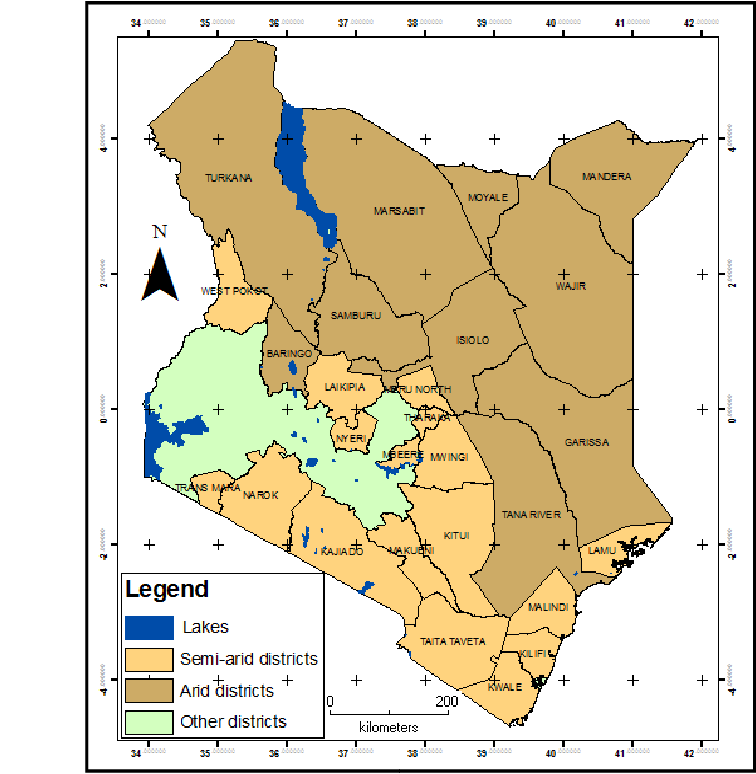
By Cege Wa Mahiga
Kenya’s fight against poverty is a tale of resilience, economic ambition, and stark disparities. While strides have been made in reducing extreme poverty, recent statistics paint a complex picture—gains are met with fresh challenges, and economic growth does not always translate into widespread prosperity.
A Statistical Snapshot: The State of Poverty in Kenya
As of 2024, approximately 7.8 million Kenyans live in extreme poverty, defined as subsisting on less than $2.15 per day (2021 PPP). While this marks a reduction from 8.9 million in 2020, the pace of poverty alleviation remains sluggish. Projections indicate that by 2025, the number will drop to 6 million—an improvement, but still a long way from completely eradicating extreme poverty.
The poverty rate rose from 38.6% in 2021 to 39.8% in 2022, affecting 20 million people. This trend is alarming, reversing some of the progress made in previous years. Rising food prices, joblessness, and economic inequality remain persistent barriers to poverty reduction.
Equally concerning is the rise in food poverty, with 31.7% of Kenyans unable to meet basic nutritional needs. Hardcore poverty—those unable to afford even basic food—also increased, impacting 3.6 million people. These figures highlight an urgent need for targeted interventions in food security and economic inclusion.
A Historical Perspective: Lessons from the Past
Kenya has witnessed significant poverty reduction over the past two decades. In 2005/06, 46.8% of Kenyans lived below the international poverty line ($1.90/day in 2011 PPP), but by 2015/16, this had declined to 36.1%. However, progress slowed in the years leading up to the COVID-19 pandemic, which dealt a heavy blow to livelihoods. Between 2019 and 2021, urban poverty soared from 26% to 34%, while rural poverty rose from 37% to 40.7%.
These statistics underscore the vulnerability of Kenya’s poor to economic shocks, reinforcing the need for resilient policies that cushion low-income households from global crises and local economic downturns.
Regional and Demographic Disparities: The Unequal Burden of Poverty
Poverty is not evenly distributed across the country. The rural-urban divide remains pronounced, with over 7.8 million of the extreme poor residing in rural areas, compared to 1.7 million in urban centers. Counties like Turkana (77.7% poverty rate), Mandera (71.9%), and Garissa (68.3%) are the hardest hit, reflecting long-standing regional inequalities and limited access to economic opportunities.
Female-headed households, elderly-led families, and larger households (7+ members) are disproportionately affected by poverty. In urban areas, multidimensional poverty—where families lack access to education, healthcare, and adequate living standards—impacts 8.7% of households, further illustrating the complex nature of poverty in Kenya.
The Economic Context: Growth vs. Inequality
Kenya’s GDP reached $121 billion in 2024, with a per capita income of $2,170. While these figures position the country as a lower-middle-income economy, they mask the growing income inequality. The Gini Index—a measure of inequality—stood at 40.8% in 2015, rising to 39% in 2021. Perhaps the most startling statistic is that less than 0.1% of the population (approximately 8,300 individuals) controls more wealth than the bottom 99.9% (44 million Kenyans).
This growing wealth gap raises concerns about economic inclusivity and social stability. As economic growth continues, ensuring prosperity benefits all Kenyans—not just a privileged few—must be a policy priority.
Public Sentiment: Voices from X (Formerly Twitter)
Over the past three years, public discourse on X has reflected deep frustrations with economic inequality, governance, and poverty-related struggles.
- 2022: Many users highlighted the inequitable distribution of wealth under the Uhuru administration, with some noting that economic growth primarily benefited the elite while the poor were left behind.
- 2023: Rising income inequality and pandemic-induced poverty sparked online outrage, with sentiments ranging from anger at government policies to despair over worsening conditions.
- 2024: Public alarm grew as official poverty statistics worsened. Many users linked economic hardship to corruption, poor governance, and declining public services, particularly in health and education.
- 2025 (Early): Systemic issues such as over-taxation, joblessness, and aggressive crackdowns on informal traders fueled discontent, with some users resigning to a cycle of poverty and exploitation.
These sentiments underscore the growing disconnect between economic policies and public expectations. While Kenya has made progress in macroeconomic growth, many citizens feel excluded from the benefits.
The Road Ahead: Solutions for Sustainable Poverty Reduction
To combat poverty effectively, Kenya needs a multi-faceted approach that tackles economic and social disparities. Key strategies include:
- Job Creation and Economic Diversification: Expanding manufacturing, agribusiness, and digital innovation can provide employment opportunities, especially for young people.
- Social Protection Programs: Strengthening cash transfer programs, school feeding initiatives, and healthcare subsidies can help shield vulnerable populations from extreme poverty.
- Regional Development Focus: Investing in infrastructure, education, and healthcare in marginalized counties can bridge the rural-urban divide.
- Addressing Inequality: Progressive tax policies and wealth redistribution mechanisms can help narrow the income gap.
- Strengthening Governance: Reducing corruption and improving public resource management will enhance trust in government efforts to tackle poverty.
A Nation at a Crossroads
Kenya’s poverty trends reveal a nation making strides yet grappling with persistent challenges. While extreme poverty is gradually declining, overall poverty has risen, highlighting the need for urgent and inclusive policy interventions. Economic growth alone will not lift millions out of poverty—targeted strategies that address inequality, food insecurity, and job creation are imperative.
As the nation moves forward, the question remains: will Kenya’s economic gains translate into meaningful improvements in the lives of its citizens, or will millions continue to be left behind? The answer lies in how effectively policymakers, businesses, and communities work together to build a more equitable future for all.
